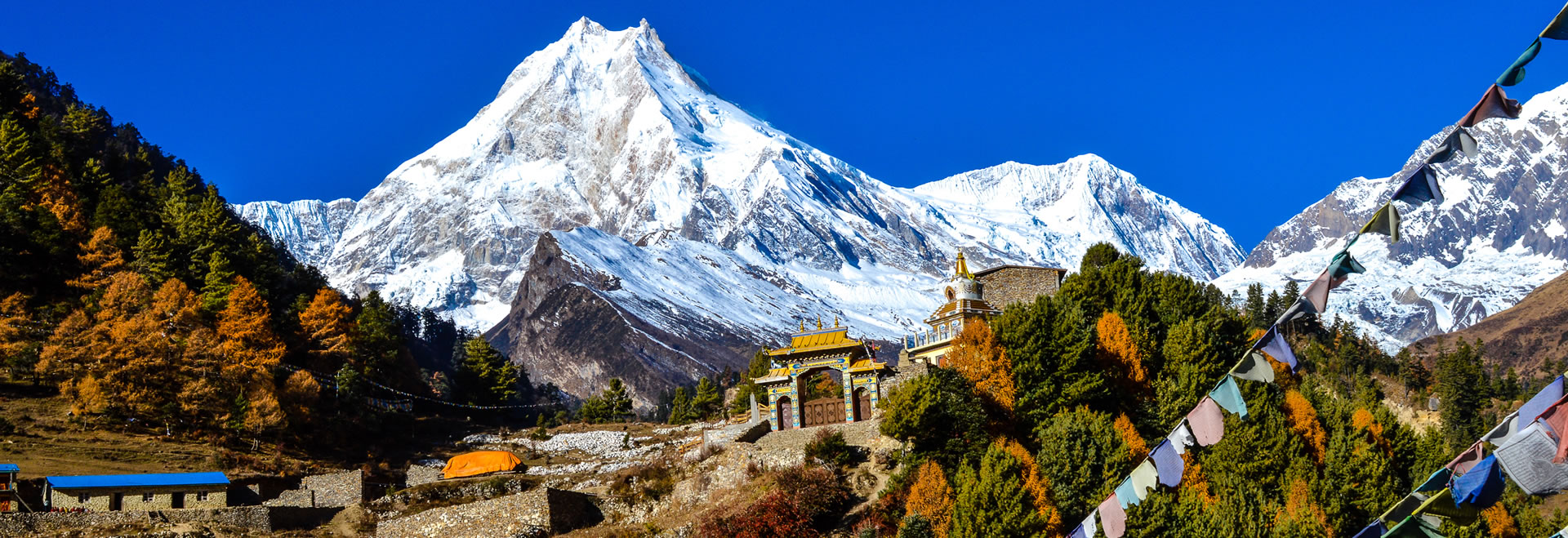Nepal offers a wide range of trekking options, catering to various interests, fitness levels, and durations. Here are some popular types of trekking in Nepal:
- Tea House Trekking: Tea house trekking, also known as lodge trekking, involves staying in local tea houses or guesthouses along the trekking route. This is a common type of trekking in popular regions like the Annapurna Circuit and Everest Base Camp. Tea houses provide accommodation, meals, and basic amenities, making it convenient for trekkers.
- Camping Trekking: Camping trekking also involves setting up campsites along the trekking route. This type of trekking allows for more remote and less frequented trails, providing a closer experience with nature. Trekkers need to carry camping equipment, food, and a support team, including guides, cooks, and porters.
- Tea House/Camping Combination Trekking: Some treks in Nepal offer a combination of tea house and camping trekking. This allows trekkers to experience both the comforts of tea houses in certain sections and the wilderness of camping in more remote areas.
- Short Treks: Nepal also offers shorter trekking options for those with limited time or less trekking experience. These treks usually span a few days and take you through scenic landscapes, cultural villages, and viewpoints. Poon Hill Trek and Ghorepani Trek are popular short trek options.
- Restricted Area Trekking: Nepal has several restricted areas that require special permits and a registered guide to access. These treks take you to less explored regions with unique cultures, landscapes, and challenging trails. Some popular restricted area treks include Upper Mustang Trek, Manaslu Circuit Trek, and Kanchenjunga Base Camp Trek.
- Peak Climbing Trekking: For experienced and adventurous trekkers, Nepal offers peak climbing opportunities. Peak climbing treks involve scaling smaller peaks (generally below 7,000 meters) with technical climbing skills and equipment. Some famous peaks for climbing include Island Peak, Mera Peak, and Lobuche East.
It’s important to note that trekking difficulty, elevation, and duration can vary among different treks. It’s recommended to choose a trek that matches your fitness level, experience, and interests. Additionally, it’s advisable to trek with a registered trekking agency and follow safety guidelines to ensure a safe and enjoyable trekking experience in Nepal.

